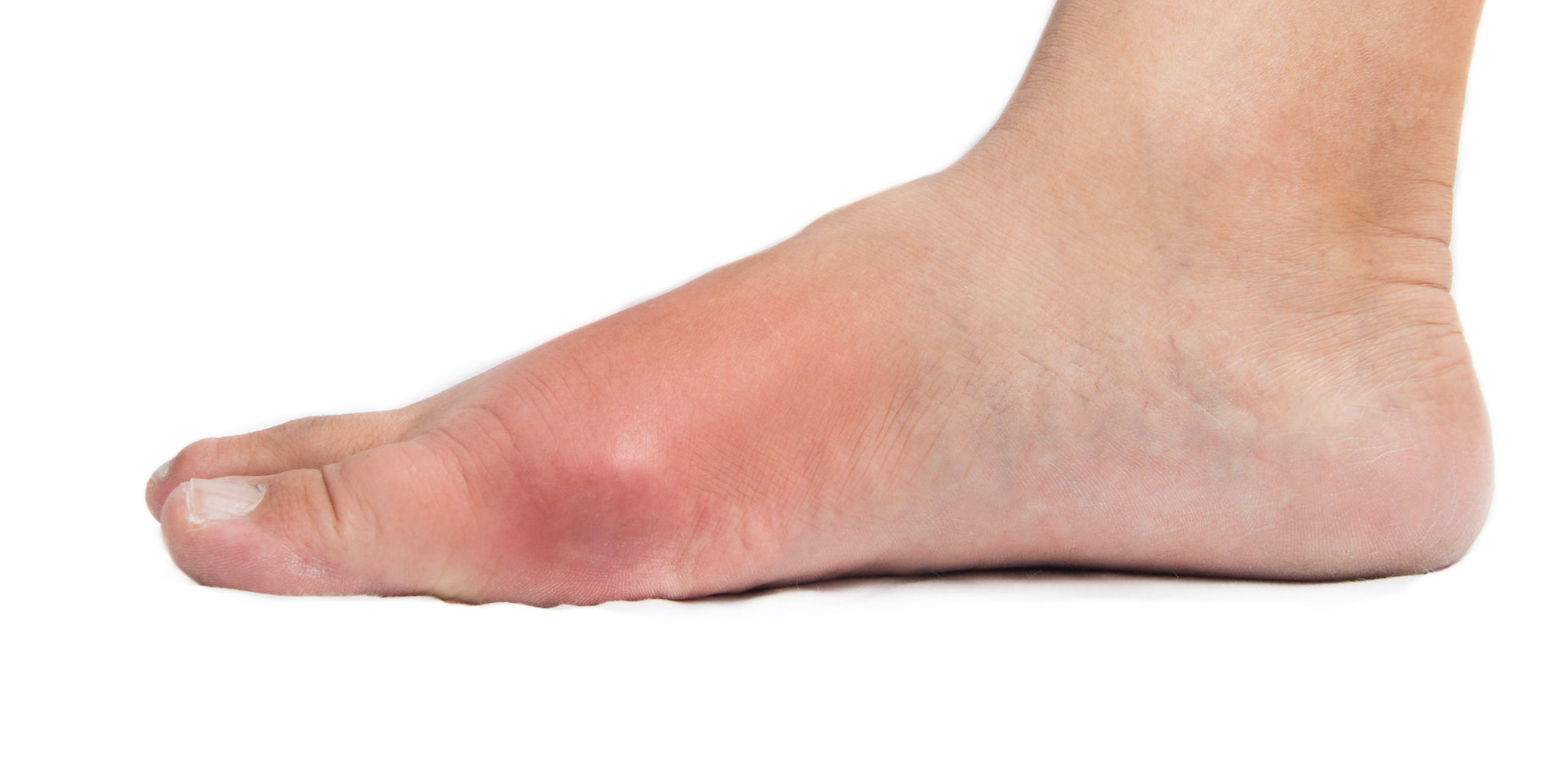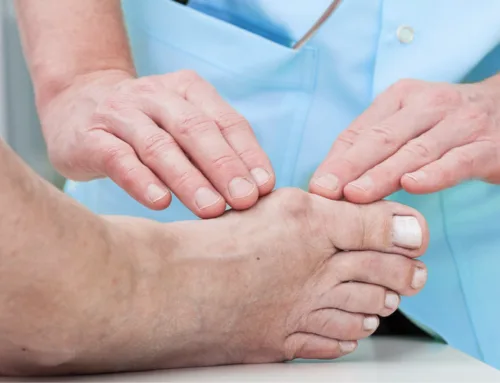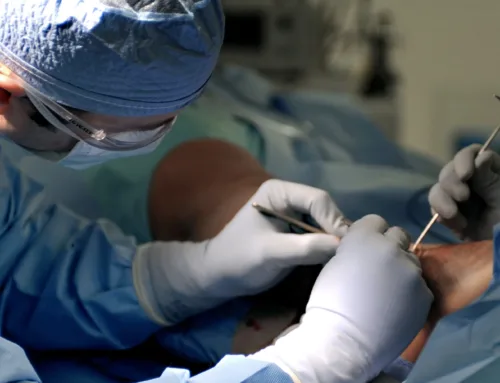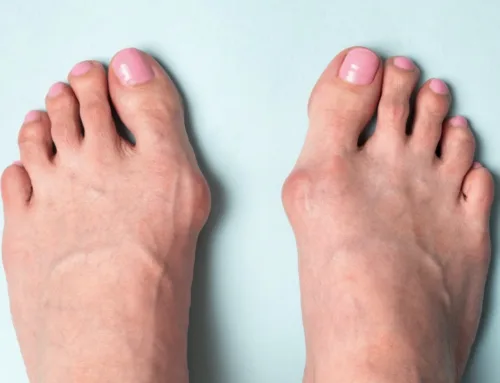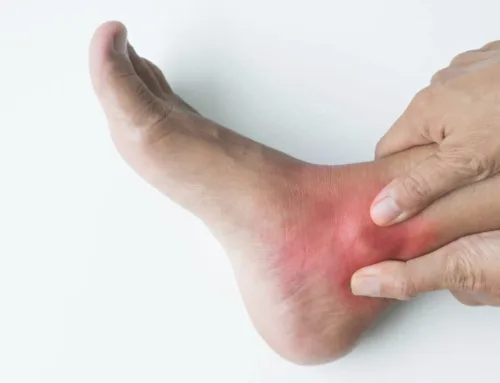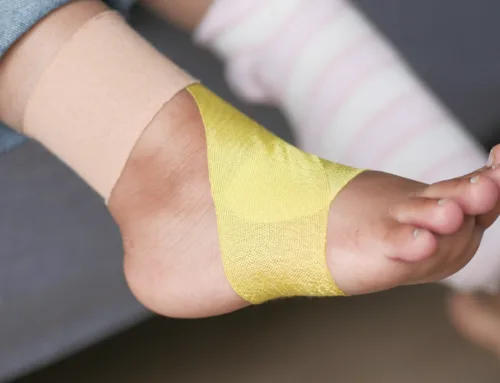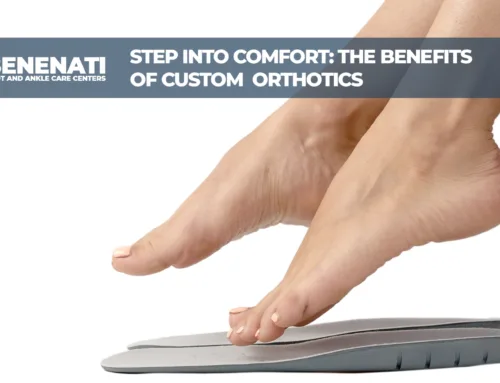Gout
What is Gout?
Classified as a type of metabolic arthritis, gout is one of several common types of arthritis that cause severe inflammation, pain, and swelling in the joints it affects. Gout occurs due to deposits of uric acid crystals in joints around the body—most commonly joints in the big toe and other lower half extremities such as the knees, ankles, and feet.
Patients who experience frequent onsets of gout are often diagnosed with gouty arthritis, which is a more severe and pronounced form of gout, resulting in worsening symptoms and duration.
What Are the Causes of Gout?
A buildup of uric acid in the body is the main cause of gout. A byproduct of the breakdown of purines—organic chemical compounds present in food and various tissues and cells throughout the body—uric acid is typically excreted from the body in the form of urine. A buildup, however, occurs when the body is unable to dispose of all the uric acid. This condition is known as hyperuricemia and results in the formation of uric acid crystals—monosodium urate—in the affected joints.
For some patients, this can lead to the symptoms of gout, i.e., inflammation, pain, swelling, and loss of movement in the joints. These symptoms are often severe in intensity. However, for some patients, hyperuricemia may not lead to the onset of gout, and treatment, in this case, is not necessary.
Adults over the age of 40, in particular men, are more likely to experience gout symptoms. Studies show that the disease also affects patients with the following conditions or lifestyles:
- high blood pressure, especially those that use diuretics
- organ transplants
- post-menopausal women
- diabetes
- kidney diseases
- a diet high in foods containing purines, fructose, and alcohol
- surgery
- dehydration
The chances of you experiencing gout also increase greatly if other members of your family have previously had the disease.
What Are the Symptoms of Gout?
Gout typically only affects a singular joint at a time. Most patients will typically experience the symptoms of gout in their big toe; however, some may also experience gout in their ankles, knees, and many of the joints of the feet.
The onset of gout flares is often immediate, and for many patients, symptoms can last days or even weeks. Most will experience symptoms at night or early in the morning. The remission period between flare-ups can be long—months or years for some—and depends on a patient’s ability to effectively manage and treat the disease.
The common symptoms of gout include:
- extreme pain in the affected joint
- swelling
- redness
- joint often feels hot to the touch
As gout more often than not affects joints in the feet, patients may find it difficult to put weight on their feet for the duration of their flareup. For some patients, the continuous buildup of uric acid crystals in affected feet joints can result in the formation of tophi, lumps under the skin. If left untreated can lead to the erosion of bone and cartilage.
What to Expect During a Gout Diagnosis and Treatment Appointment
If this is your first time being diagnosed with gout, you might be wondering what to expect during your initial appointment at the podiatrist. As the symptoms of gout are common to other forms of inflammatory diseases and arthritis, diagnosis may be difficult unless you are experiencing a flare-up. A trained podiatrist will begin by asking you a comprehensive set of questions to determine your current health, including your lifestyle and dietary choices.
For an accurate gout diagnosis, a trained podiatric physician will:
- physically examine your affected joints
- carry out imaging tests such as x-rays
- order a blood test to determine the concentration of uric acid in the blood
While gout is not currently curable, patients who have appropriate individualized forms of treatment can effectively manage their symptoms and decrease the occurrence of their flare-ups. Treatment of gout will depend on the severity of a patient’s symptoms, as well as their current lifestyle and diet. Some common forms of gout treatment include:
- prescription of non-steroidal anti-inflammatory drugs (NSAIDs) to help treat pain and inflammation associated with an ongoing gout flare
- steroid injections to treat inflammation
- changes to diet—avoiding purine-rich foods and alcohol
- changes in medications that may lead to hyperuricemia
- increase in physical activity levels to reduce the onset of chronic diseases such as heart or kidney disease that may in turn cause gout
